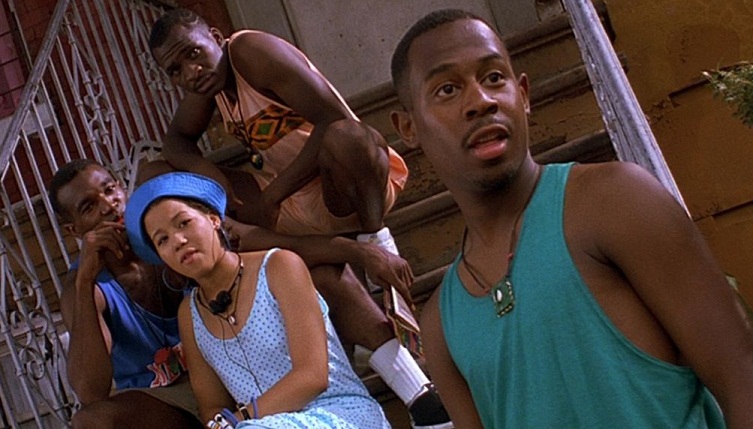Camera Angle
The term camera angle refers to the way a shot is composed.
The relationship between the camera and the object being picturise gives
emotional information to an audience, and guides their perception about the
character in shot. The more intense the angle, the more symbolic and
heavily-loaded the shot.
1. Eye Level
An eye-level angle is the one in which the camera is placed at the subject’s height
approximately five to six feet from the ground, so if the actor is looking at
the lens, he wouldn’t have to look up or down. Eye-level shots are incredibly
common because they are fairly neutral shot. They often have no dramatic power
whatsoever, thus they are ideal for romantic comedies and news casting
2. The Bird's-Eye view
The shot is shown from directly above. This is a completely different
and very unnatural point of view which can be used for dramatic effect or for
showing a different perspective.
In drama it can be used to
show the positions and motions of different characters and objects, enabling
the viewer to see things the characters can't. This shot does, however, put the
audience in a godlike position, looking down on the action.
3. High Angle
A
High angle also known as Top Angle, it shows the subject from above but not so
extreme as a bird's eye view. High angles make the object photographed seem smaller, it aims to portray the
subject as submissive, inferior or weak in some way.
4. Low Angle
Low angles are captured from a camera placed below the
actor’s eyes, looking up at them. Low angles making them appear larger so as to convey them
as heroic and giving them
the impression of being more powerful or dominant. This is totally opposite to
High Angle or Top angle shot.
5. Dutch Tilt Angle
Also called canted or Slanted angle, this
is where the camera is purposely tilted to one side so the horizon is on an
angle. Dutch Tilt angles can be employed with
great artistic effect to disorient and disturb the viewer. It is unusual angle
but sometimes camera is tilted to represent imbalance and instability (very
popular in horror movies). This
technique is suggest Point of View shots (POV).
- Jagadish






No comments:
Post a Comment